Meeting your daily protein needs can be a challenge, especially if you're looking to build muscle or maintain a healthy weight. The average person requires about 0.8 grams of protein per kilogram of body weight per day, which equates to around 58 grams per day for a 160-pound individual.
For those who are active and engaging in regular exercise, the protein requirements may be higher, ranging from 1.2 to 2.2 grams of protein per kilogram of body weight per day, depending on the intensity of your workouts.
Luckily, there are simple and effective strategies you can implement to increase your protein intake without completely changing your diet. Here are some tips on how to incorporate more protein into your daily meals without the need for complex tracking:
1. Snack Smart with Protein
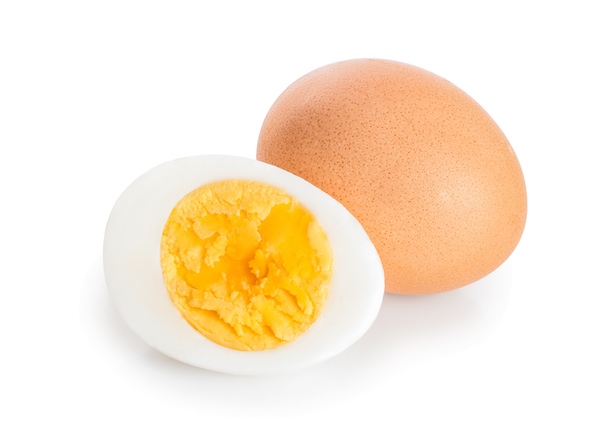
Use snack time as an opportunity to increase your protein intake. With a bit of planning, you can ensure that you have protein-rich snacks readily available when hunger strikes. Here are some simple ideas to boost the protein content of your snacks:
2. Opt for Legume-Based Pasta
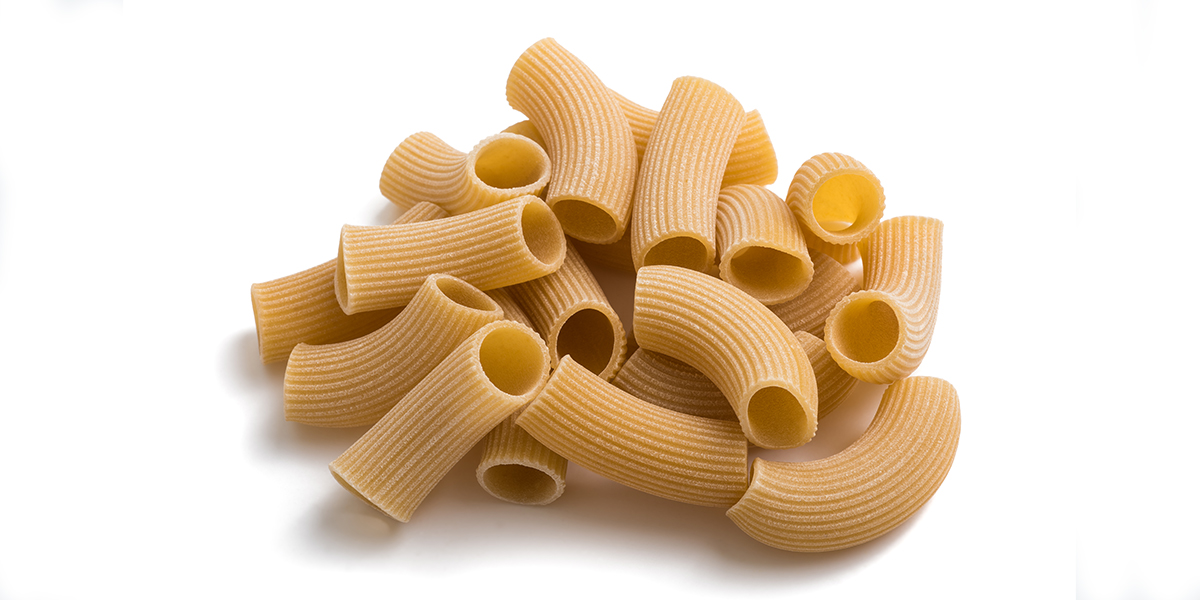
Instead of traditional wheat pasta, consider switching to legume-based pasta for a higher protein content. For example, Banza Chickpea Pasta offers 14 grams of protein per serving (2 ounces of dry pasta), compared to around 9 grams in regular pasta.
These legume-based pastas are also rich in fiber, making them a nutritious choice for your meals.
3. Supplement with Protein Shakes
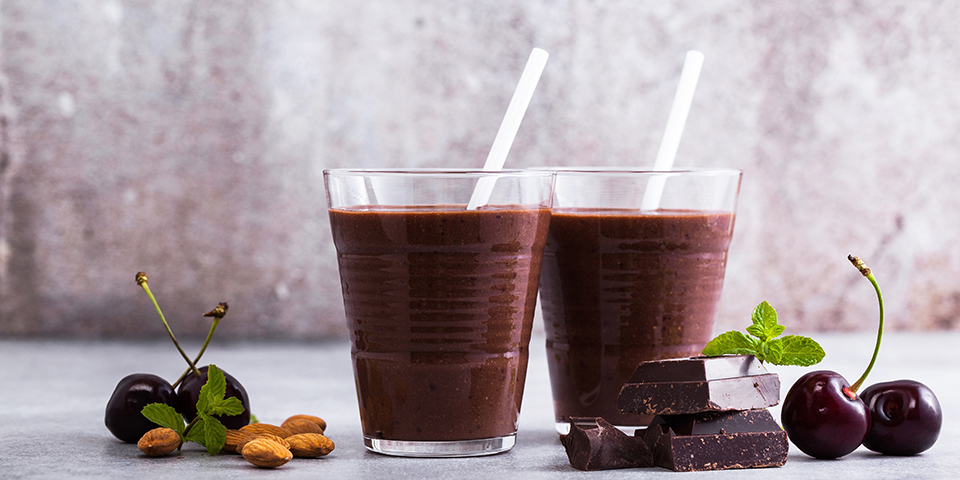
If you struggle to meet your protein goals through whole foods alone, protein powders can be a convenient way to boost your intake. There are various options available, including whey and plant-based proteins like pea, soy, pumpkin, chia, and flax.
Products like Beachbody Performance Recover and Shakeology offer high-quality protein content along with essential nutrients to support your fitness goals.*
4. Choose Higher-Protein Whole Grains
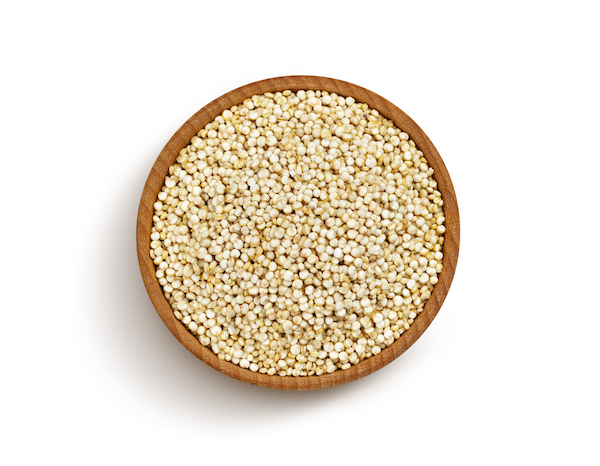
While whole grains are commonly associated with carbohydrates and fiber, certain varieties can also contribute significantly to your protein intake. Consider incorporating grains like teff, spelt, amaranth, kamut, and quinoa into your meals for a protein boost.
These whole grains can be utilized in a variety of dishes, from salads to soups, to help you reach your daily protein goals.
5. Opt for Soy or Pea-Based Milk Alternatives
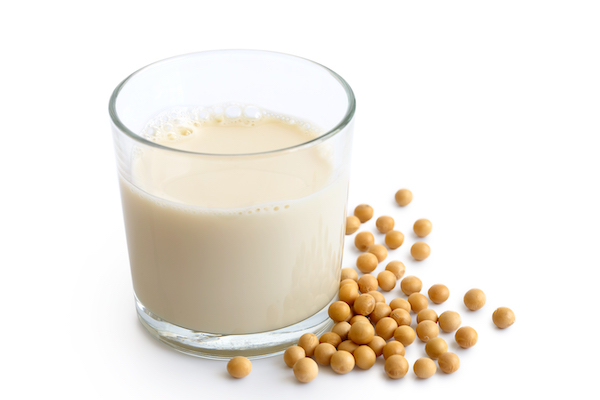
If you're looking for dairy-free milk options that are rich in protein, consider choosing soy or pea-based milk alternatives. While almond and oat milk may be popular choices, they typically contain less protein compared to dairy milk.
Soy milk and pea milk, on the other hand, offer a higher protein content per cup, making them suitable alternatives for individuals following a plant-based diet or those with lactose intolerance.
6. Get Creative with Protein Sources
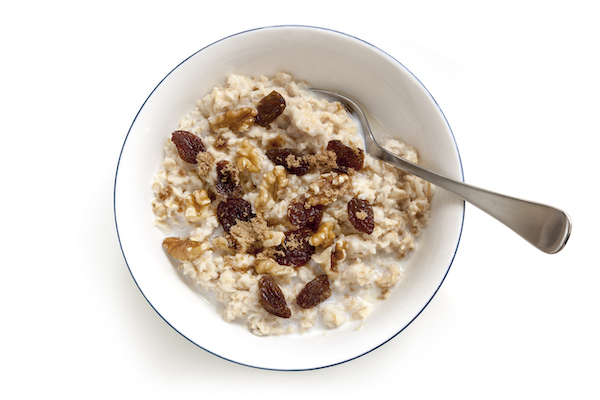
While protein powders are commonly added to smoothies, there are numerous other ways to incorporate them into your meals. Consider mixing protein powder into oatmeal, pancake batter, or baked goods for an extra protein boost.
Unflavored protein powder can also be used in savory dishes like soups or salad dressings to increase the protein content of your meals.
7. Embrace the Whole Egg
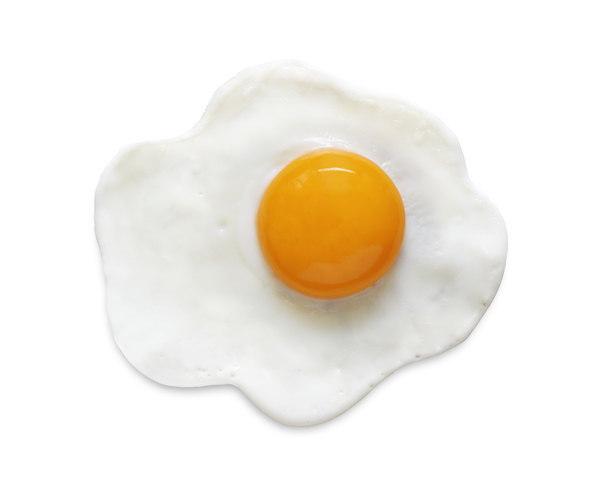
Contrary to popular belief, the egg yolk is a significant source of protein and essential nutrients. Including the whole egg in your diet can provide a balanced combination of protein, vitamins, and minerals to support your overall health.
8. Incorporate Beans and Pulses

Beans and pulses are nutrient-dense superfoods that offer a substantial amount of protein along with fiber and essential nutrients. Incorporate lentils, black beans, chickpeas, and other legumes into your meals to increase your protein intake and promote overall health.
